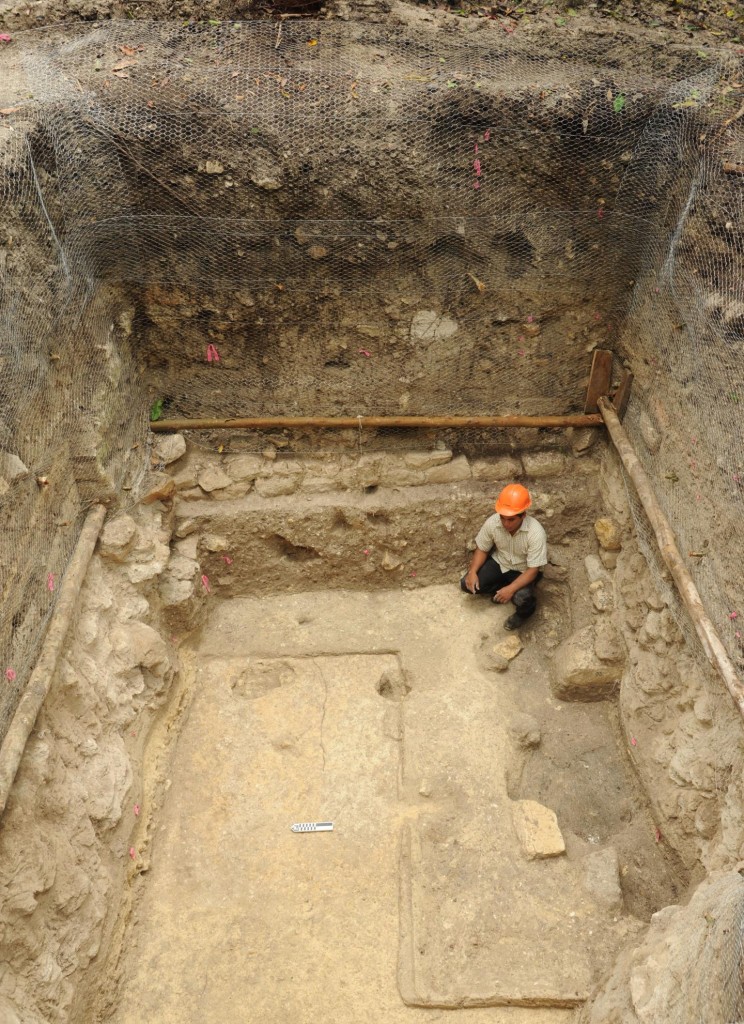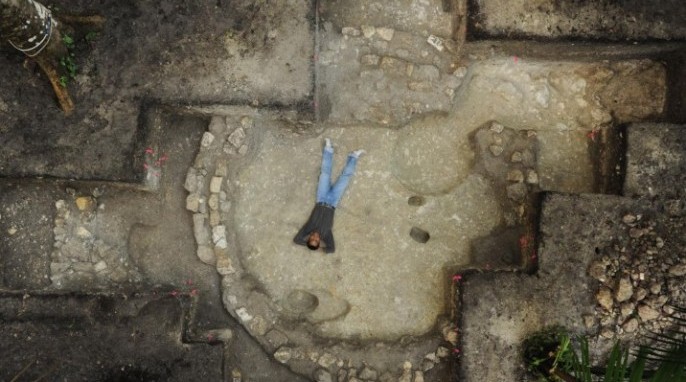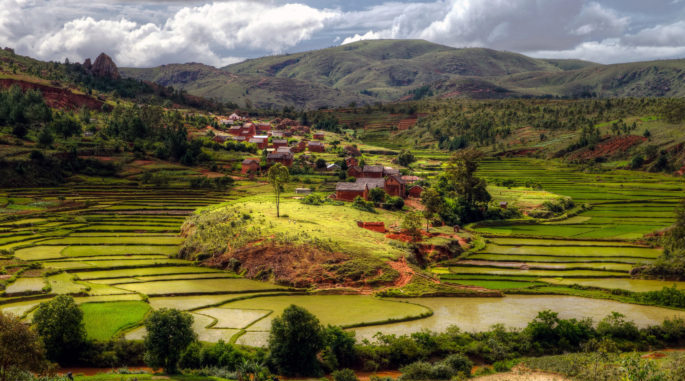Archaeologists working in Guatemala have unearthed new information about the Mayan civilization’s transition from a mobile, hunter-gatherer culture to an agrarian lifestyle.
Until now, there have been two common assumptions about Mayan civilization: that nomadic and sedentary groups maintained separate communities, and that public buildings were constructed only after a population had fully put down roots (as was likely the case with these famous ancient Roman gold mines). These new findings challenge both assumptions.
Developing a Unified Mayan Civilization
Archaeologists go to great lengths, and depths, to uncover people and societies from the past. Some even engage in underwater archaeology, exploring sites such as this ancient Greek shipwreck, or this submerged prehistoric human settlement.

Now, led by University of Arizona archaeologists Takeshi Inomata and Daniela Triadan, an archaeological team is excavating the ancient Maya lowlands site of Ceibal. Their findings suggest that as Mayan society shifted from foraging to farming, mobile communities integrated with settled groups and they lived and worked together in harmony for several hundred years. The groups may have collaborated on construction projects and participated in public ceremonies together.
ARCHAEOLOGISTS AT ANCIENT ROMAN GOLD MINES
The team suspects that the transition from nomadic to agrarian lifestyle was gradual, with the Maya making the shift to a farming society reliant on maize as a staple food, by about 400 or 300 B.C.

Different Cultures Working Together
A public plaza uncovered at Ceibal (pictured) has been carbon dated to about 950 B.C., with surrounding ceremonial buildings growing to monumental sizes by about 800 B.C. During this time, however, Mayans still lived a predominantly hunter-gatherer lifestyle, moving from place to place throughout the rainforest. Because constructing large community buildings is a lot of work, the team believes that the area’s few permanent residents must have enlisted the nomads to participate in the creation of the Ceibal plaza.
Based on the evidence, the archaeologists theorize that various migratory and nonmigratory groups came together to construct the buildings and participate in public ceremonies over several hundred years. That process likely helped them bond socially and eventually transition to a unified society.
“This tells us something about the importance of ritual and construction. People tend to think that you have a developed society and then building comes. I think in many cases it’s the other way around,” Inomata says. “For those people living the traditional way of life, ceremony, ritual and construction became major forces for them to adapt a new way of life and build a new society. The process of gathering for ritual and gathering for construction helped bring together different people who were doing different things, and eventually that contributed to the later development of Mayan civilization.”
“The most fascinating finding is that different peoples with diverse ways of life co-existed in apparent harmony for generations before establishing a more uniform society,” adds team member Melissa Burham.
The UA team has been working for 10 years at Ceibal with collaborators from the United States, Canada, Guatemala and Japan. Their work is funded by the Alphawood Foundation; the National Geographic Society Committee for Research and Exploration; the National Endowment for the Humanities; the Ministry of Education, Culture, Sports, Science and Technology-Japan; and the Japan Society for the Promotion of Science. The findings are published in Proceedings of the National Academy of Sciences.
You can also take a photo tour of sites and artifacts from ancient Mayan civilization.
Featured Image: A round structure uncovered at Ceibal, from about 500 B.C. (Photo courtesy of Takeshi Inomata/University of Arizona)




